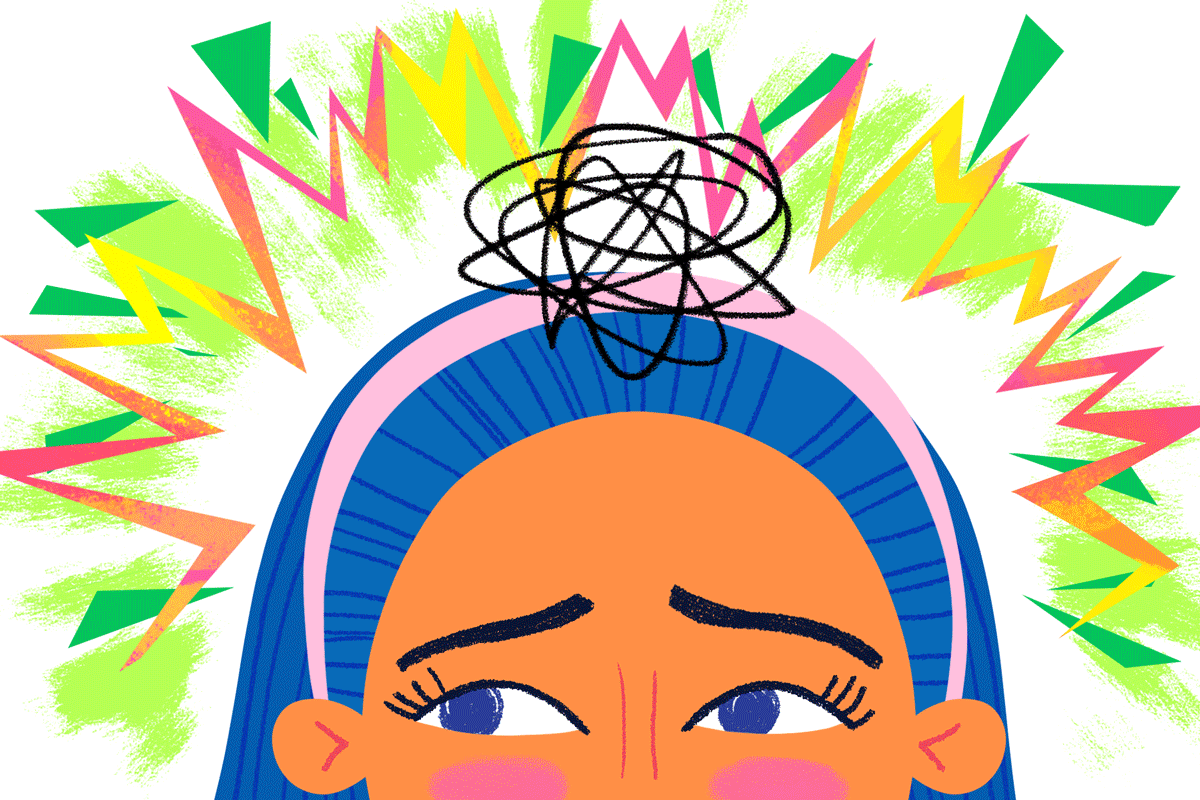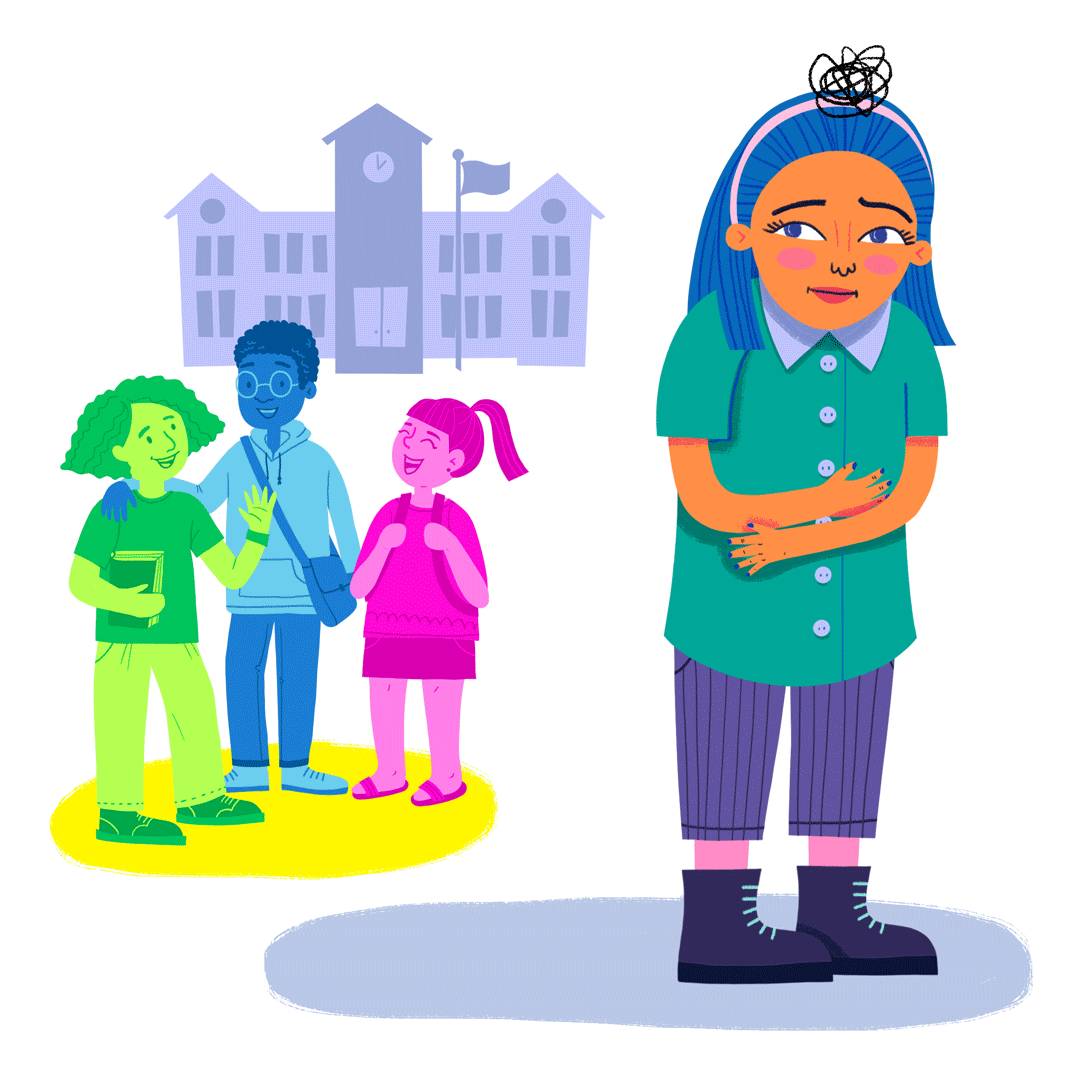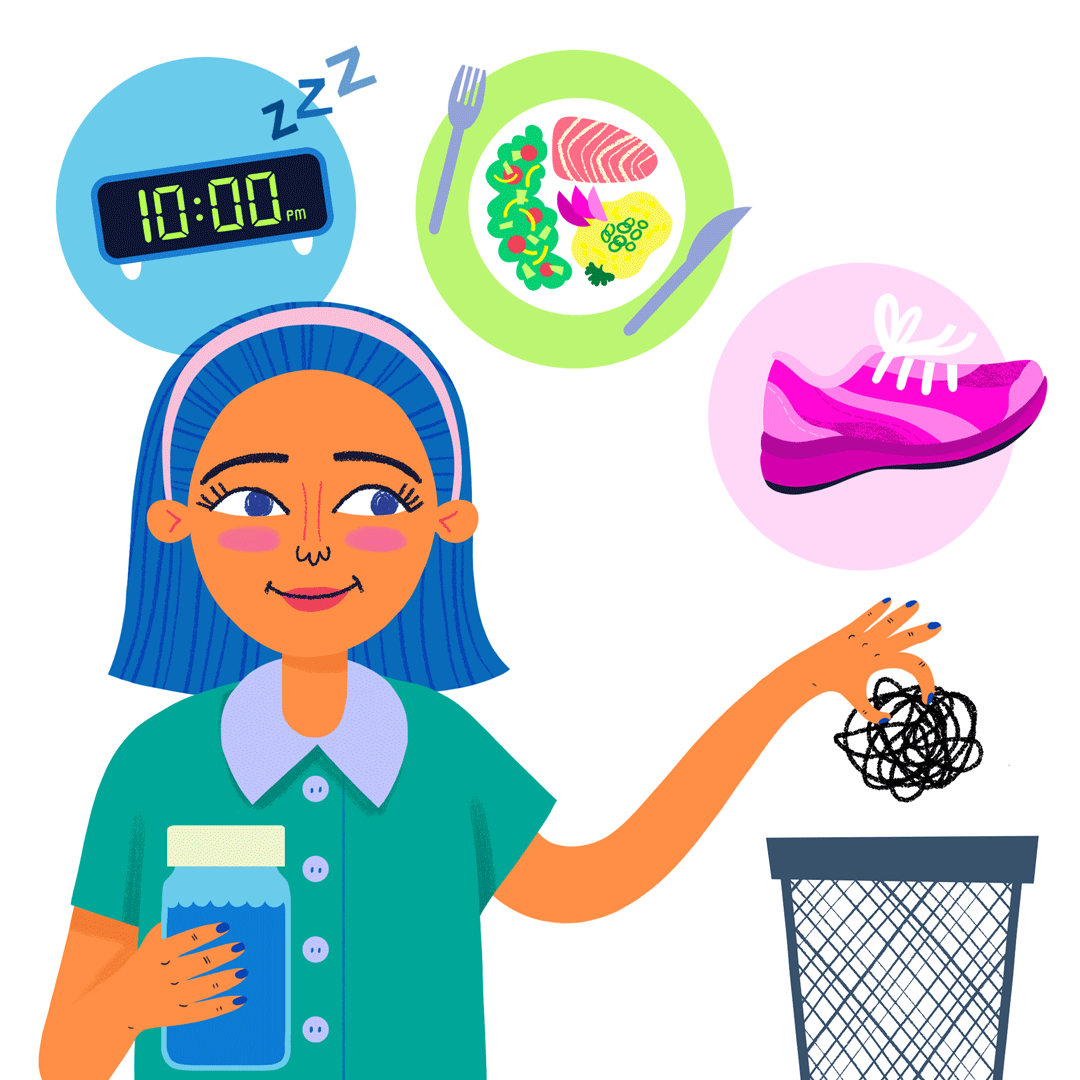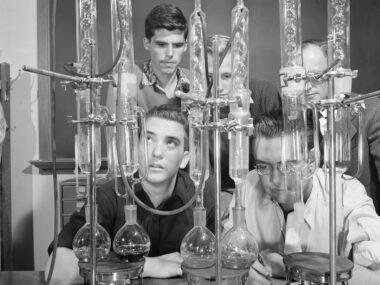Written by Jacquie Moore, BA’97

A prevalent and painful neurological disorder, migraine affects nearly eight per cent of children and adolescents worldwide. Pediatric neurologist and headache specialist Dr. Serena Orr, MD, is striving to mitigate its debilitating lifelong effects via early diagnoses, improved interventions and innovative research.
What is Migraine?
A neurological disorder that causes moderate-to-severe throbbing pain in the head, migraine can also be accompanied by many other symptoms including nausea, vomiting, sensitivity to light and sound, and dizziness. Attacks can last for hours or even days. For adults, migraine commonly occurs on one side of the head. For kids, the pain is often on both sides.
Kids Get Migraines?
Migraine isn’t generally perceived as a kids’ problem, perhaps because its symptoms are so complex and can be difficult to verbalize — or maybe because many of its long-accepted (often unfounded) triggers, including stress, are considered part of the adult realm. On the contrary, says Orr, a clinician, researcher and assistant professor of pediatrics in UCalgary’s Cumming School of Medicine, migraine is a significant cause of disability in children and adolescents; in fact, migraine is the second most-common cause of medical disability worldwide (across all ages), according to data from the World Health Organization (WHO) Global Burden of Disease study, published in The Lancet. Up to 60 per cent of youth experience recurring headaches, and about eight per cent have migraine. “For over a third of the population of adults who experience migraine, recurring headache disorder begins in childhood or adolescence,” says Orr.
Can Kids Outgrow Migraine?
Orr says about one quarter of the pediatric population who experience migraine will outgrow the disorder by adulthood, with boys being more likely to outgrow migraine than girls. For another quarter, the headaches will become less intense as they age. More than half of youth with migraine, however, will endure the disorder throughout their life.
How Do I Know if My Child Has a Migraine?
So far, there’s no blood marker that can establish a migraine diagnosis (although new research published in The Lancet shows that people with migraine have higher levels of the peptide CGRP in their blood compared to people without migraine, particularly as attacks of migraine start).
“We have to infer a migraine diagnosis based on symptoms,” says Orr. “In younger kids who cannot describe their symptoms verbally, we often rely on behavioural flags that the parents notice (e.g., holding their head, going to a quiet and dark place to rest).” For instance, a child would need to experience at least five headaches meeting migraine criteria to get a diagnosis.
These headaches need to have at least two of the following features:
a) moderate to severe pain;
b) occur on one side of the head or in youth can be in the front and/or sides of the head;
c) throbbing pain (like a heartbeat in the head); or
d) impairing or causing avoidance of activities or getting worse by doing routine physical things such as walking or stairs.
As migraine is a complex disorder involving more than just the headache pain, doctors also rely on signs such as nausea, vomiting and symptoms of sensory-processing problems that can occur with migraine like increased sensitivity to sound and light. In addition, there are conditions that occur earlier in a child’s life that are associated with the later development of migraine in many cases, such as infant colic, cyclical vomiting syndrome and abdominal migraine, characterized by moderate to severe stomach pains.

School and Friendships Can Suffer
Orr points to the WHO’s study to underline the negative impact of migraine in youth. The study, published in Lancet Neurol in 2017, found that migraine is the leading cause of neurological disability from ages 10 to 40 years. Orr’s research has also shown that quality of life can suffer in a variety of ways in young people with migraine.
“Research shows us that migraine in youth interferes with academic success and contributes to absenteeism from school,” she says. Children and adolescents report impaired functioning at home and in social activities, as well. “One study … shows that children with migraine reported having fewer friends than their peers.”
There is a Heavy Burden of Anxiety and Depression
Indeed, it’s difficult to prioritize levity and friendship with episodic, debilitating head pain waiting in the wings. Research, including work from Orr’s lab, is increasingly showing us that migraine in youth is associated with anxiety and depression, “mental health symptoms of which can interfere with social behaviours and friendships,” says Orr.
In 2022, Orr presented her research on the prevalence of mental health symptoms and disorders in kids with migraine. “We found that children and adolescents with migraine have a much higher burden of anxiety and depressive symptoms,” she says. “When we put all of the studies together into a meta-analysis, there was a doubling of the odds of having an anxiety or depressive disorder in this population.”
Bullying and Thoughts of Suicide May Be Linked to Frequent Headaches
According to a new study by Orr published this summer in the prestigious journal, American Academy of Neurology, “teens who have been bullied by their peers, or who have considered or attempted suicide, may be more likely to have more frequent headaches than teens who have not experienced any of these problems.” (The study doesn’t prove that bullying or thoughts of suicide cause headaches; it only shows an association.)
“Headaches are a common problem for teenagers, but our study looked beyond the biological factors to also consider the psychological and social factors that are associated with headaches,” writes Orr. “Our findings suggest that bullying and attempting or considering suicide may be linked to frequent headaches in teenagers, independent of mood and anxiety disorders.” The study included more than 2.2 million Canadian teens with an average age of 14 years.

Dinner with the Fam Goes a Long Way
While research around pharmaceuticals — both for pain treatment and prevention — are ongoing, Orr says that data currently points to a healthy routine as part of optimizing treatment for the prevention of migraine symptoms.
“Back in the day, doctors used to give adults with migraine a long list of things to avoid including cheese and wine, in case they triggered attacks,” says Orr. That’s changed. “The latest research shows that migraine triggers are not as consistent from person to person or even within a person, as we used to think — for instance, stress isn’t as consistent a trigger as we thought it would be, and food triggers are even less consistent.”
Instead, she says, adhering to regular healthy routines may be more effective than entirely avoiding certain items. “We think that stress, inconsistent bedtimes, skipping a meal and changing weather conditions (e.g., chinook winds) may increase the risk of a migraine attack, but that it’s not so simple as one trigger happens and then an attack happens,” Orr says. “Often it’s an accumulation of triggers, and sometimes attacks just happen without clear reasons.”
Rather than a certain diet or avoidance, Orr recommends kids and adults, alike, “try to have a pretty good routine day to day.” She suggests eating well and regularly, staying hydrated, getting enough sleep, and staying on a regular sleep schedule (i.e., not shifting bed/wake-up times by more than one or two hours), and engaging in frequent, moderate-high-intensity exercise, which has been shown to help decrease migraine attack frequency. Interestingly, Orr adds that her research and other studies have shown that, “regular breakfast and meals with the family may help to reduce migraine symptoms in youth.”
Research is Growing
Although migraine has been historically under-researched and treated, there are growing numbers of clinicians and researchers working on improving the lives of youth and adults with the condition. There are many new and emerging treatment options, and Orr sees a lot of hope for the future with so much research in progress and growth in providers who specialize in providing headache care.



